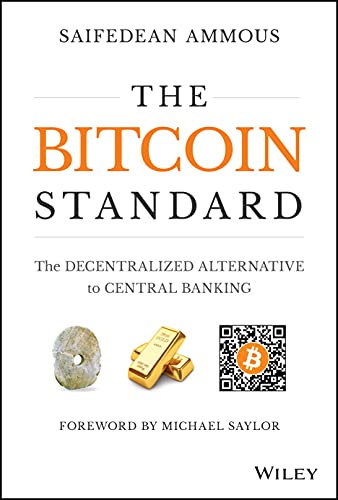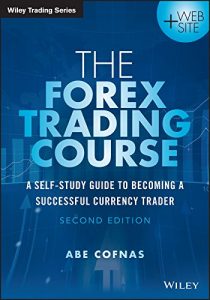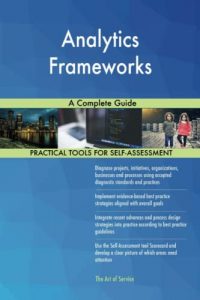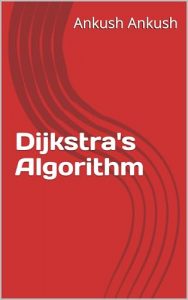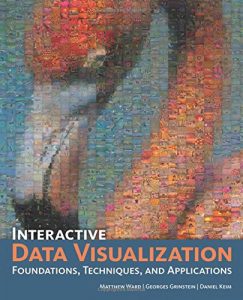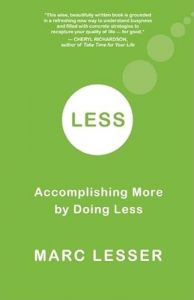The Bitcoin Standard: The Decentralized Alternative to Central Banking
In today’s world, understanding cryptocurrency is paramount, and The Bitcoin Standard by Saifedean Ammous does just that. Released in 2018, the book explores the history and mechanics behind Bitcoin, drawing parallels to traditional financial systems. Ammous presents a compelling argument on how Bitcoin is a viable alternative to central banking, addressing its implications for personal freedom and global finance. Not only does he elucidate complex ideas surrounding money, but he also provides historical context that enriches the reader’s understanding of economic systems. Whether you’re a seasoned investor or just curious about the buzz surrounding Bitcoin, this book is a must-read.
Unsettled Account: The Evolution of Banking in the Industrialized World since 1800
Richard S. Grossman‘s Unsettled Account delves deep into the evolution of banking and its pivotal role in the industrialized world. Released in 2020, this academic yet engaging narrative takes the reader through the complexities of banks’ evolution, exhibiting how they shaped economic growth and crises. The insights provided by Grossman are both fascinating and critical for understanding modern banking dynamics and the historical lessons that can guide future financial stability. A read for anyone who aspires to understand how history shapes banking today.
Investment Banking: Valuation, Leveraged Buyouts, and Mergers and Acquisitions
For those seeking a deep dive into the world of finance, Investment Banking by Joshua Rosenbaum, Joshua Pearl, and Joseph R. Perella delivers an extraordinary look at the intricacies of investment banking. This comprehensive guide is essential for finance professionals and students alike, providing detailed explanations of valuation techniques, leveraged buyouts, and merger and acquisition strategies. The authors expertly blend theory and practical applications, ensuring that readers grasp essential concepts while also engaging with real-world examples. This book, priced at $112.41, offers invaluable content that could potentially shape your finance career.
The Alchemists: Three Central Bankers and a World on Fire
Neil Irwin‘s The Alchemists provides an astonishing narrative blending storytelling with economic theory as it chronicles the efforts of three central bankers during some of the most tumultuous times in modern finance. From the financial crisis of 2008 to the ongoing challenges of the global economy, Irwin illustrates how the decisions made by these central bankers were akin to alchemy, attempting to conjure stability from chaos. This gripping read, priced at just $10.99, navigates complex themes in an accessible manner, making it suitable for both economic experts and general readers interested in global finance.
The Banking Crisis of 1933
Understanding financial crises is crucial for the advancement of economics, and Susan Estabrook Kennedy‘s The Banking Crisis of 1933 shines a light on this pivotal moment in history. Released in 2014, Kennedy provides an in-depth analysis of the factors contributing to one of the most significant banking collapses in American history. This investigation not only covers the crisis itself but also delves into its economic context and consequences, presenting lessons that resonate even today. At $37.46, this insightful recounting is ideal for history buffs and economists wishing to navigate the intricacies of banking and financial crashes.
A History of the United States in Five Crashes: Stock Market Meltdowns That Defined a Nation
Scott Nations captivates readers with A History of the United States in Five Crashes, where he details the stock market meltdowns that have shaped not just the financial landscape, but the nation itself. Released in 2018, this engaging narrative combines history, economics, and storytelling, making it an enlightening experience for both novices and seasoned investors. Nations expertly illustrates the events leading to these crashes and the lessons learned from them, making it essential reading for anyone interested in the stock market and its impact on the American economy. Priced at $15.19, this book is a gateway into understanding the correlation between market behavior and national sentiment.
Fragile by Design: The Political Origins of Banking Crises and Scarce Credit
Charles W. Calomiris and Stephen Haber offer a compelling exploration in Fragile by Design, where they examine how the political framework of different nations has shaped their banking systems and vulnerabilities. The book delves into the political origins of banking crises, arguing that fragile institutions lead to recurrent financial instability. This enlightening read, released in 2014 and priced at $24.63, provides readers with a well-rounded understanding of how politics and banking are intertwined, making it essential for students of economic history, political science, and public policy.
Theory and Practice of Central Banking: 1797-1913
In the realm of central banking, E. Victor Morgan‘s Theory and Practice of Central Banking stands out as an essential resource for understanding the evolution and role of banks in society. This book meticulously traces the development of central banking from 1797 to 1913, providing critical insights into its foundational principles and practices that continue to resonate today. Morgan’s scholarly yet engaging approach to the subject makes it an invaluable resource for both academics and practitioners in the field. Priced at $49.59, this book is an investment in understanding the complex history of central banking.
Money, Stock Prices and Central Banks: A Cointegrated VAR Analysis
Marcel Wiedmann presents a structured analysis in Money, Stock Prices and Central Banks, which leverages econometric techniques to explore the relationships between money supply, stock prices, and central bank actions. This scholarly work, although dense and academic, is critical for understanding how these elements interact in modern economics. Released in 2011, this book is a treasure trove of data-driven insights valuable for economists and analysts poring over market trends and central banking decisions. Priced at $127.27, it’s suited for graduate students and professionals seeking an in-depth understanding of the financial mechanisms at play.

